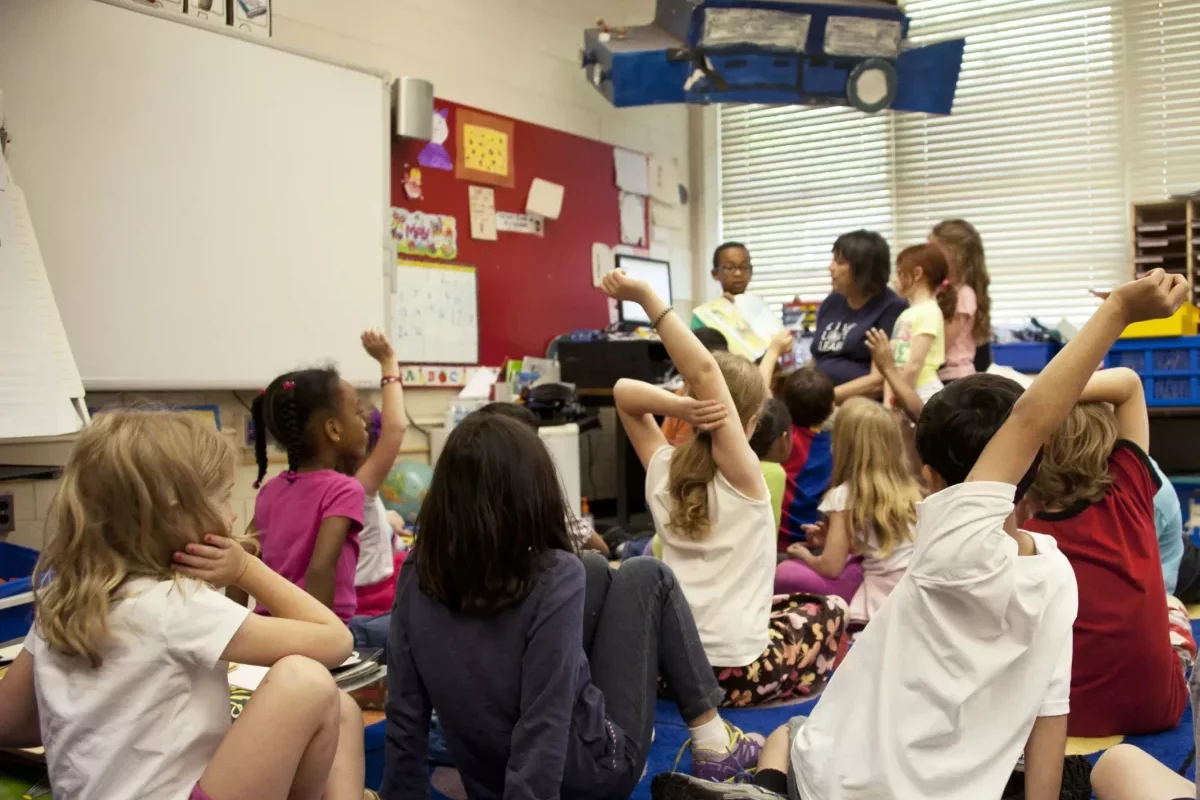Back in December, the French government announced that it was preparing to take a “major leap” by introducing the Singapore Method into the teaching of mathematics in schools around the country. Now, that transition has begun.
Maths can be daunting for many students. Unlike other subjects, where shades of grey filter in, answers are either wrong or right in this field, and children who don’t fully grasp the concepts being taught often get left behind.
The Singapore Method, which is now gradually being introduced to French classrooms, is an alternative way of teaching the subject. It teaches step-by-step processes to ensure children not only understand but also make connections between different mathematical practices in a fun and engaging way.
HOW IT WORKS
According to Monica Neagoy, who holds a doctorate in mathematics education and is the Director of the Singapore Method collection for the Librairie des Écoles scholastic manuals, the approach “places the child at the centre, taking into account maturity, curiosity and, above all, pleasure”.
France has adopted a three-headed approach – manipulate, represent, abstract – to ease children into complicated concepts by using visuals to assist in learning.
The manipulation phase allows students to physically handle objects in staged situations and emphasises the use of maths in day-to-day life. The representation phase adds in diagrams, drawings and charts that use the mathematical symbols mastered in the manipulation stage. Students then move into the abstraction phase, where they break down maths problems into easy-to-manage sections.
Active participation is encouraged between instructor and pupils in a bid to give students the confidence to ask questions and indeed to ask for help.
ATTITUDE COUNTS
Perhaps the biggest departure from the old way of teaching maths is the Singapore Method’s positive spirit: mistakes are all part of the journey.
“When mathematics becomes a litany of formulas, definitions, procedures and ‘how to do it’ without any ‘why’, then it is the beginning of the end of the love for mathematics,” says Neagoy. “That is an intellectual crime. The child has not yet even tasted real mathematics. When you understand, when you see a connection – regardless of finding the result – there is jubilation, absolute joy.”
For more information, click here.
Read related:
Inclusivity inside and outside the classroom taught to Monaco’s schoolchildren
Join the Monaco Life community – sign up for the Monaco Life newsletter, and follow us on Threads, Facebook, Instagram, LinkedIn and Tik Tok.
Photo source: Luis Arias, Unsplash
